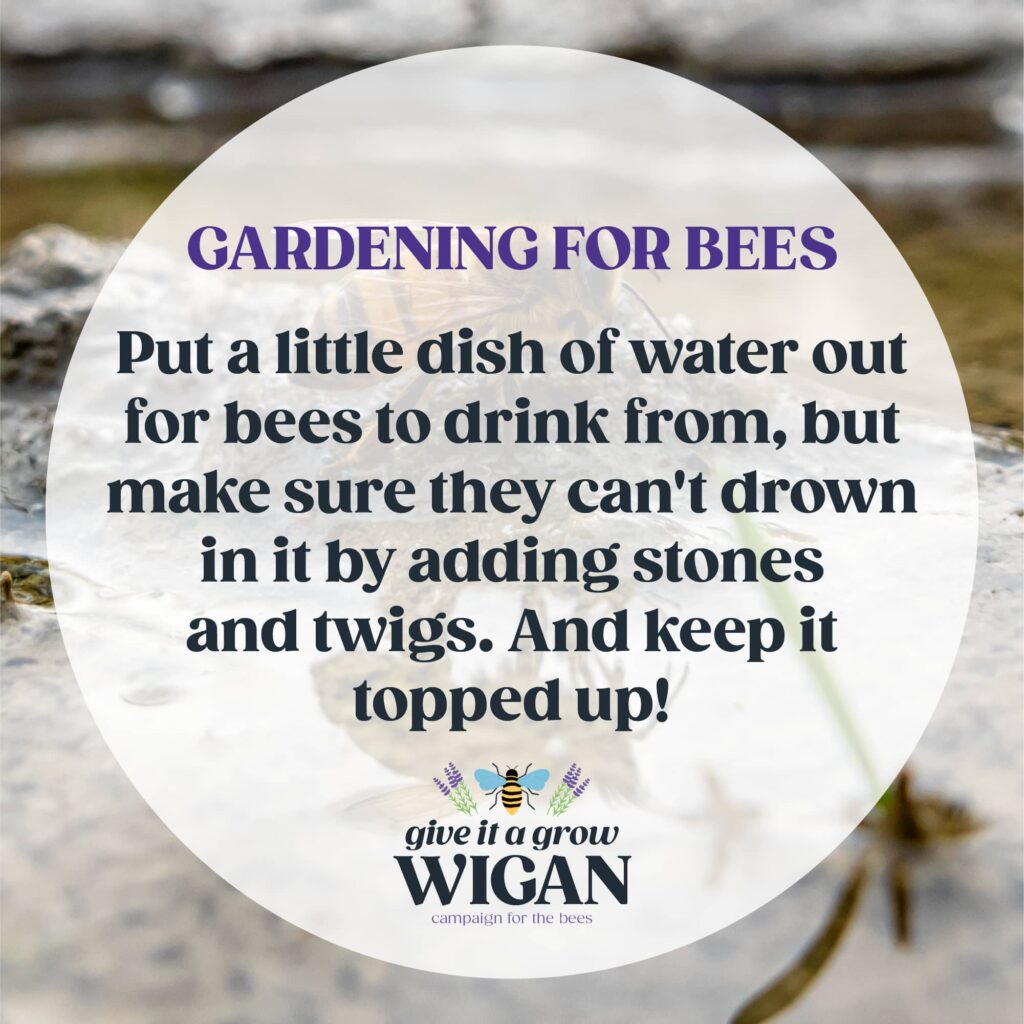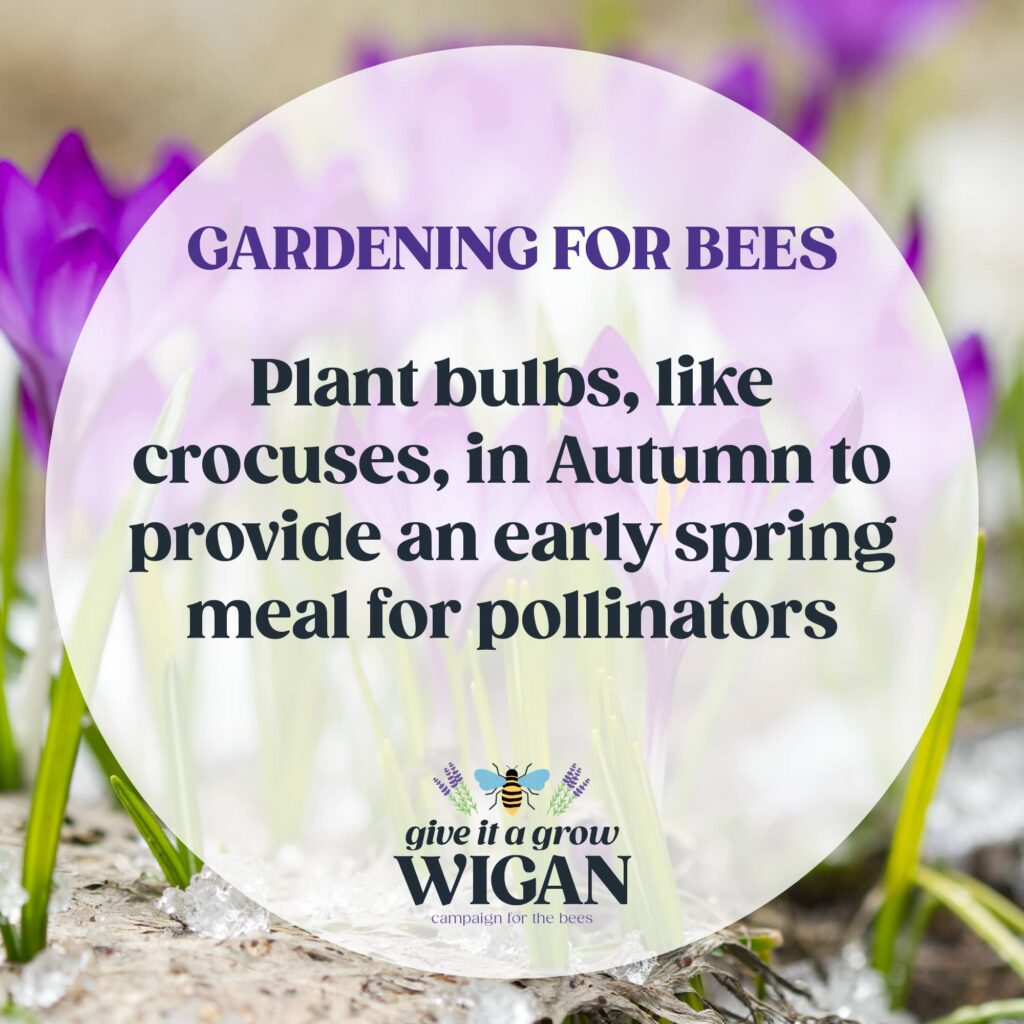This post is based on our popular social media series, Gardening for Bees. We’ve collected it all together, in one post so it’s full of quick tips and ideas if you want more bees (and pollinators) in your garden!
Tip 01 - Blooms for every Season
Looking at plant labels to see when they bloom and making considered decisions will really make an impact. Particularly if you pick early or late-blooming flowers. Winter Honeysuckle, Hellebore, Crocus, Snowdrops, or Sarcococca Winter Gem, and few different kinds of Clematis for example.

Tip 02 - Group Together
Putting your flowers closer together, whether in pots or in the ground, makes it really easy for pollinators to pop from one to another and have a real feast!

Tip 03 - Flower Shapes
When selecting flowers, look at having a few flower and petal different shapes. Not only will the variety look stunning, but different pollinators can access different plants. For example, coneflower, foxglove, primrose, honeysuckle, allium, bellflower, hollyhock, and yarrow have quite different shapes suitable for a wide variety.

Tip 04 - Water Tray
In this hot weather, bees could do with a drink! Leaving out a shallow tray of water will really help them along. Keep it safe (not too deep), and filled up, they’ll become to rely on it! You can use stones, and mossy twigs to give them something to stand on.

Tip 05 - Single Flowers
Avoid the lure of ‘double flowering’ plants – I know they can look impressive, with so many petals bursting out and long bloom time. But they are created by mutation, and so are sterile and can’t reproduce. Useless for those poor bees! They won’t have any pollen, and the nectar is hidden beneath the mass of petals. I’ll admit I have one at home, that won’t do much harm, but it’s definitely something to watch out for, you don’t want too many, as it’s very confusing for our pollinating buddies.

Tip 06 - Autumn Planting
You may not consider gardening much in Autumn, but it’s a great time to pop some bulbs down and guarantee a bit of early colour and flowers the next Spring. Looking great for your garden, and it’s also great for pollinators. Snowdrops, Snakes Head Fritillary, Crocuses, English Bluebell (from proper stock) and Alliums are all lovely choices.

Tip 07 - Mow Less
#NoMowMay might be over, but going back to fortnightly mowing won’t help our pollinator friends, and it’ll also not help your grass! Mowing just once a month (or some parts less if you fancy) will make a huge difference to what little wildflowers can flourish, providing vital food, while keeping your lawn pretty tidy. In mine, a bunch of clovers popped up looking beautiful. Studies have also shown that mowing less regularly will keep your grass healthier and more drought-tolerant in general, especially handy in this dry weather.

Thanks for reading, we’d love to see your pictures, have you tried any of these tips for your garden?
If you would like more information on gardening for wildlife or want advice, get in touch on either our Facebook page, Instagram, or email.

Leave a Reply